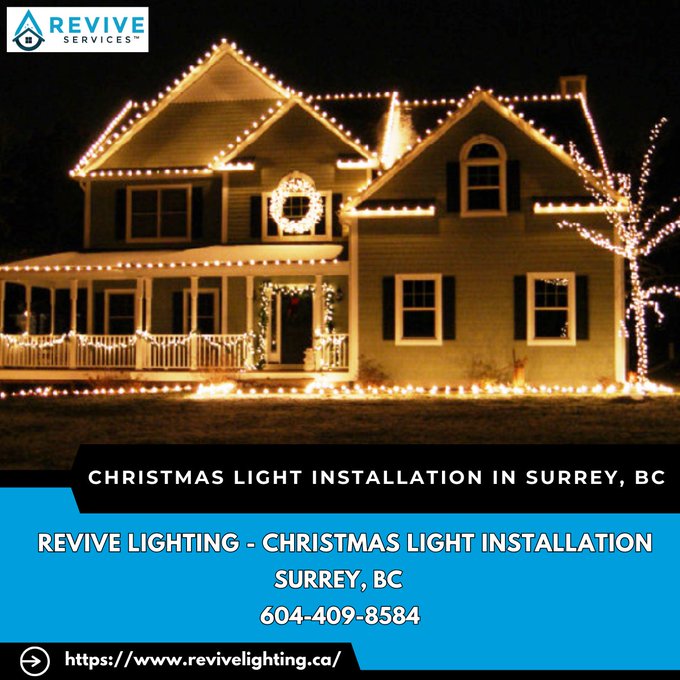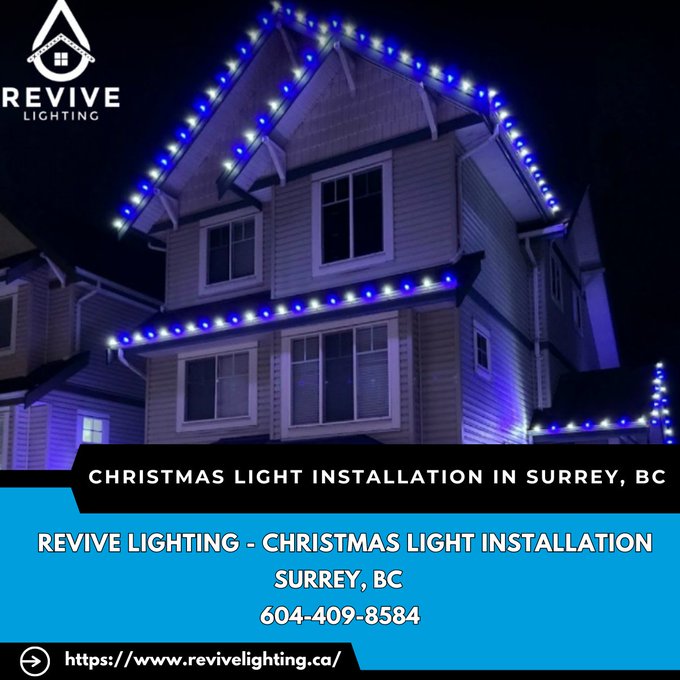Introduction
Christmas is a time of joy and celebration, and for many, it’s also the season when homes and businesses transform into dazzling spectacles of light. Whether you're looking to enhance your home’s holiday spirit or create an enchanting display for your business, understanding the differences between commercial and residential Christmas lights is essential. This article delves deep into these distinctions, helping you make informed decisions about lighting up your space.
Commercial vs Residential Christmas Lights: What's the Difference?
When we talk about Christmas lights, two categories often come to mind: commercial and residential. While both serve Holiday Light Installation the same festive purpose, they cater to different needs and environments.
1. Purpose and Usage
Commercial lights are designed for large-scale installations. They’re frequently used in shopping centers, public spaces, and other commercial properties where visibility and impact are crucial. In contrast, residential lights are tailored for individual homes, focusing more on aesthetics than sheer brightness.
2. Durability and Quality
Commercial lights are built to withstand harsher weather conditions since they often remain installed longer than residential ones. They are typically made from higher-quality materials that resist fading and breakage over time. Meanwhile, Revive Lighting owner residential lights may not hold up as well under prolonged exposure to elements like rain or snow.
3. Installation Complexity
Installing commercial lights often requires professional expertise due to their complexity and scale. On the other hand, residential installations can usually be handled by homeowners themselves, making them more accessible.
4. Cost Implications
The question on everyone’s mind— How much does it cost to light a house for Christmas? The answer varies widely depending on whether you choose commercial or residential options. Generally speaking, commercial lighting systems tend to be pricier due to their size and durability.
Cost Breakdown of Christmas Lighting
5. How Much Does It Cost to Light a House for Christmas?
The cost can range from $100 to $2,000 or more based on several factors including:
- Size of the house Type of lights used (LED vs incandescent) Complexity of the design
6. How Much Do People Charge to Take Down Christmas Lights?
Generally, rates range from $50 to $200 depending on:
- The height of installation Labor involved in taking down the lights
7. What Is the Price Per Foot for Christmas Lights?
Typically:
- Residential LED strings cost about $0.25 - $1 per foot. Commercial-grade strings can go up to $2 - $5 per foot due to their durability.
Professional Installation Insights
8. What Lights Do Professional Christmas Light Installers Use?
Most professionals favor LED lights due to their energy efficiency and longevity compared to traditional incandescent bulbs.
" width="560" height="315" frameborder="0" allowfullscreen>
9. Why Is Christmas Light Installation So Expensive?
The costs associated with installation can be attributed to:
- Labor costs Equipment rental Insurance requirements
Tips for Hiring Professionals
10. Should You Tip People Who Put Up Christmas Lights?
While it's not mandatory, tipping is a nice gesture if you're satisfied with their work—typically around 10% of total charges.
11. How Do You Quote Hanging Christmas Lights?
Quotations usually consider:
The size of the area being decorated The type of lights used Specific design requests from clientsDIY vs Professional Installation
12. Can You Make Money Installing Christmas Lights?
Absolutely! Many people turn this side hustle into a full-fledged business during the holiday season.
13. Are Professional Christmas Lights Worth It?
Investing in professional services means peace of mind regarding safety and quality—especially if you're aiming for an extravagant display.
Electricity Consumption & Sustainability
14. How Much Electricity Is Wasted on Christmas Lights?
On average:
" width="560" height="315" frameborder="0" allowfullscreen>
- A strand of 100 incandescent bulbs uses approximately 40 watts. LED strands consume only about 8 watts—a significant saving!
15. Do LED Christmas Lights Really Save You Money?
Yes! Not only do they use less electricity but they also last longer than traditional bulbs—making them a worthwhile investment long-term.
Choosing the Right Type of Lights
16. What Are The Best Christmas Lights To Put On Your House?
For most homeowners:
- LED string lights are popular due to energy efficiency. C9 bulbs offer a classic look with modern benefits.
Table: Comparison Between C7 and C9 Bulbs
| Feature | C7 Bulbs | C9 Bulbs | |-----------------------|------------------|------------------| | Size | Smaller | Larger | | Brightness | Moderate | Brighter | | Common Usage | Indoor/Outdoor | Outdoor |
Installation Tips
17. How Do People Get the Perfect Length of Christmas Lights?
Measure your space accurately before purchasing by using tape measures or yardsticks; this helps avoid excess lengths that need trimming later.
18. How Do Professionals Put Lights on a Christmas Tree?
Professionals often start from the bottom of the tree upwards in circular motions—ensuring even distribution throughout branches.
Maintaining Your Holiday Cheer
19. Should You Take Down Christmas Lights?
While it might be tempting to leave them up all year round, it's typically best practice to remove them after Epiphany (January 6).
20. When Should You Install Christmas Lights?
The ideal time frame is between Thanksgiving and mid-December—allowing ample time for adjustments before major holidays.
Understanding Electrical Codes
21. What is The Electrical Code For Christmas Lights?
Always check local regulations; generally speaking:
- Outdoor decorations must be rated for weather exposure.
FAQs
1) What Kind Of Lights Are Used For Permanent Christmas Lights? Permanent lighting often involves integrated LED systems designed specifically for year-round use with options like color-changing features for various occasions.
2) How Long Can An Extension Cord Be For Christmas Lights? Generally speaking, extension cords should not exceed 100 feet when connecting multiple light strands together; longer lengths may require thicker gauge wire.
3) Is Hanging Christmas Lights A Good Business? Yes! With demand rising every year for elaborate displays combined with low overhead costs makes this an attractive option during holiday seasons.
4) Can I Cut String Lights To Length? While some types allow cutting (like certain types), others don't; always check manufacturer guidelines before attempting modifications!
5) What Type Of Christmas Lights Last The Longest? LEDs have proven superior lifespans—lasting upwards of 25 times longer than traditional incandescent options!
6) How Many Feet Of LED Christmas Lights Can I String Together? Most manufacturers recommend no more than three strands together unless specified otherwise; following these guidelines helps prevent overheating issues!
Conclusion
In conclusion, understanding Commercial vs Residential Christmas Lights: What's the Difference offers valuable insights whether you're sprucing up your home or creating eye-catching displays for your business this holiday season! Each type has its unique advantages tailored toward specific needs—from durability considerations all way through cost implications—all while ensuring festive cheer remains at forefront! So go ahead—light up your life this holiday season with knowledge in hand!

